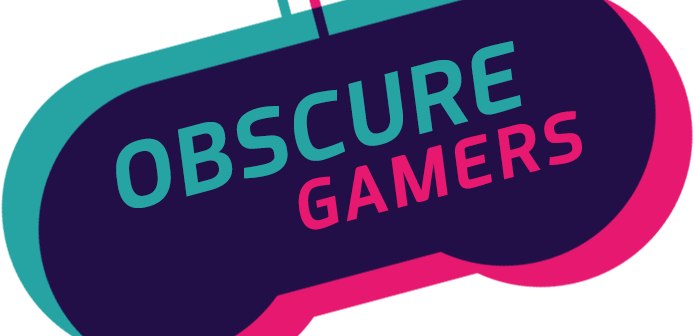This is a static archive of Obscure Gamers.
Due to lack of activity on the forums, we have been forced to close the forums as of Dec 29th, 2022. Please visit our Discord for futher updates.
If you get an error loading a page, try adding /index.html on the end of the url.
Discord Link
If you get an error loading a page, try adding /index.html on the end of the url.
Obscure Gamers News
You are using an out of date browser. It may not display this or other websites correctly.
You should upgrade or use an alternative browser.
You should upgrade or use an alternative browser.
Dec
29
Obscure Gamers Forum Closure
- 328
- 0
Dear Obscure Gamers users, We would like to inform you that the Obscure Gamers forum will be shutting down and continuing as a read-only archive. These changes are effective within 24 hours of this announcement going live. If you have any data on the forum you want to back up, this is your only opportunity to do so. Currently the forum is operating at a loss, and it simply is not sustainable to keep things open under the current circumstances surrounding donations and usage. We are...
Jul
26
Updated Site Rules
- 1,035
- 0
Both forum and marketplace rules have been updated. They are as follows: Forum Rules
Obscure Gamers staff reserve the right to take action on any content or members that they see fit without notice.
Be excellent to each other. Don’t harass, annoy, or spam on the forums for any reason. Targeting any specific ethnicity, gender, or religious group will result in an immediate ban.
No NSFW content is allowed. Be mindful of content that can “trigger” people as...
May
21
Fundraiser It's time for another fundraiser!
- 4,140
- 15
Since our dealings with the Xperia Play 2 prototype, we've been contacted to save more unreleased games, prototype game consoles/dev kits and some really obscure/rare nintendo hardware that's not been document fully. Unlike the last lot, this one is split into batches and will be paid as each goal is reached in order from the top. We've got a PlayStation 3 devkit up for grabs, this contains 3 unreleased video games, and another 6/7 game alphas. Including games dated over a year before...
May
17
OG saves unreleased "PSP Phone 2" (Xperia Play 2)
- 3,686
- 11
A week ago we launched a fundraiser for an unreleased PlayStation console, Today we're proud to announce we have saved one of two unreleased Xperia Play 2 phones, also codenamed the "PSP Phone" until PlayStation didn't give it's full blessings so it became the Xperia Play (also known as the Zeus in development). Things didn't go all the plan, the reshipper in Hong Kong told us DHL wouldn't insure it if below 5KG which seemed stupid, so we paid another £55 postage on top of the £170 we...
Apr
29
Ads added
- 620
- 0
As much as I've always been against ads, and with donations lowish compared to the past, we've decided to add adverts to OG. This is part of our plan to keep OG alive for the future, while nobody likes them we've made it so donators don't see them as a perk of this and for their support. More changes are coming, and we'll post soon about these.
Apr
27
OG @ OLL '22 - Interview with Daniel Crocker from WAVE Game Studios
- 665
- 0
New Youtube video live at 6PM GMT tonight! A small interview with Daniel from @WaveGameStudios, talking about a misprint mishap they had with Yeah Yeah Beebiss II for the Dreamcast.
Apr
05
PSP Duke Nukem Critical Mass
- 2,159
- 7
We'd intended to release this weekend @ OLL 22' but someone else leaked it which kinda ruined our plans. Below is the compiled iso's, they only function on PPSSPP 1.1.1, you'll need to rename the eboot to function on retail, which'll require a PSP with 64MB of ram.
0 byte folder on MEGA
mega.nz
The Wii builds are fixed thanks...
Categories
Users Online
- Members online
- 5
- Guests online
- 55
- Total visitors
- 60
Totals may include hidden visitors.
-
This is a static archive of Obscure Gamers. Due to lack of activity on the forums, we have been forced to close the forums as of Dec 29th, 2022. Please visit our Discord for futher updates.
